QuestionI am a Ph.D. CAAB, expert on this site for 7 years. I need a fast answer.
I am presently riding a horse, Hero, who is 20+ (21, 22). He has a skin condition that clears up so long as he is properly groomed (and barn manager lacks a great deal of work ethic, so I groom him, along with others who love him). I live in the Catskills and it has been very cold here the past two weeks so Hero has been wearing a blanket. He usually RIPS the blankets to shreds but now he is wearing them (better than shivering). Since his blanketing he has developed circular very rough (hair standing on end, skin underneath whitish, itching, probably hurts too) bilateral lesions. Two different blankets: bilateral lesions in different locations where blanket fasteners were present. My professional GUESS is that he has some sort of internal problem (dietary, food allergy, parasitic, etc.) that, when covered and kept "warm", develops quickly. I am presently looking for an equine veterinarian who is capable of diagnosing for cause (which would include collection of urine and feces, of course, to rule out food related sensitivities, as well as skin biopsy of the lesions). Have you ever SEEN this in a horse, can you give me any reasonable cause(s), I am an expert in dogs, not in horses. I love this horse. I KNOW this can be fixed. I don't KNOW how "good" the local equine vet is (I've known far too many very "bad" veterinarians)? Thank you for any input, I am beginning my work to solve this problem tomorrow, it won't be cheap and the Foundation he "belongs" to might not be willing to pay the entire bill, but I will.
AnswerHello Jill,
Thank you for your question. You are right to try and find a vet who can help identify the source of the skin issues as there are a number of possible causes for what you are describing.
Of course regular grooming is important especially in the winter. Horses winter hair is quite different from summer hair, swapping out during that 'hairy' transition of shedding. The winter hair follicles are formed like a grain of rice, narrow on either end and wide in the center. Summer hair follicles are straight as in people. The wide centers are deliberate, and touch each other forming an air/watertight space between the skin and middle of the hair shaft. This is why we can see perfectly happy and warm horses standing outside with a blanket of snow on them. The snow doesn't melt because the air warmed by body temperature is trapped by the horse's hair. The snow doesn't lower the horse's body temperature because the hair barrier is keeping the snow away from the skin. This mechanism does have some pitfalls though. When the weather transitions between warmer wet weather and cold while the horse still has winter hair, moisture can become trapped under the hair barrier and cause lesions like 'rain rot'. These lesions will produce white, wet, 'gummy' skin that can be quite itchy. You can get similar lesions where you have blankets trapping moisture and body heat in a full winter coat. Some older horses can have metabolic issues that generate aggressive winter coats (and I'm not at all sure if that's the case here) that could further compound the problem. If your vet finds that the skin lesions are caused by these factors, there isn't much that dietary changes can do to fix them. You may want to consider a partial body clip under the blanket to keep moisture from accumulating...but of course in this case you're going to want to be sure that he then doesn't rip is blanket off and freeze. Without seeing the horse or the lesions, this scenario would be my first guess.
I'm still not completely sold on the idea of horses having food allergies. I do believe that they have reactions to contaminants in feeds, which isn't exactly the same. But the reactions to feeds that I have seen haven't caused localized reactions like you're describing. The reactions would be much more systemic. You can always improve skin and coat quality with dietary supplements. Fat-rich feed ingredients will help improve skin and coat quality. Feeds/oils rich in Omega 3 fatty acids (like flaxseed, ground flax and rice bran) also help reduce inflammation and inflammatory responses (like those of irritated skin), where oils rich in Omega 6 fatty acids (like corn oil) tend to increase inflammation. I've found the cheapest and easiest Omega 3 fatty acid fix is milled flax seed. It comes in a mash (feed term for flour-like consistency) that you simply add to the grain. Its very palatable so most horses eat it right up. Start with about 200 grams/day or 2 cups. I've also found grapeseed extract to work well as a natural anti-histamine and anti-inflammatory. I used to buy it from Basic Equine Nutrition, a Canadian company whose products were available online. But you may want to wait for your vet's opinion on the source of the issue before assuming this cost. There isn't much harm in feeding it, but it does come at an additional cost and if the lesions aren't caused by a histamine response, the grapeseed won't be of much added benefit.
I hope this helps in the interim of a vet visit. If there is any follow up needed after the vet call, please let me know.
Thanks, Corlena

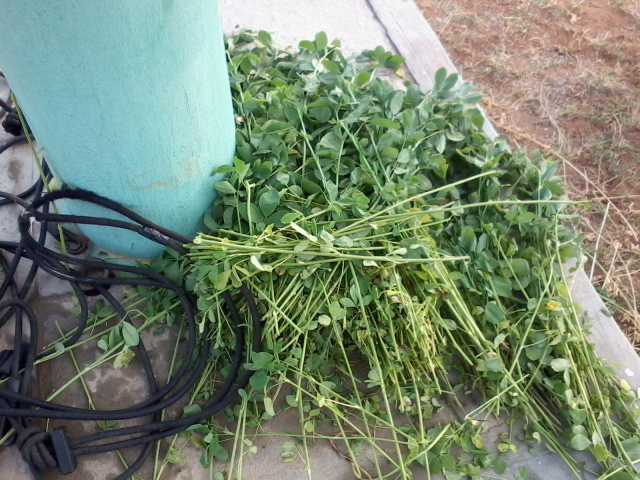 alfalfa grass for baby horses
Question
alfalfa grass
hello maam, my trainer ke
alfalfa grass for baby horses
Question
alfalfa grass
hello maam, my trainer ke
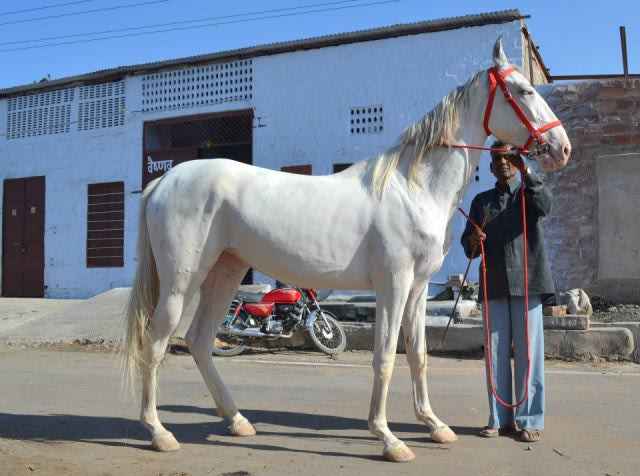 strong or weak
Question
strong or weak
hello maam, how this hor
strong or weak
Question
strong or weak
hello maam, how this hor
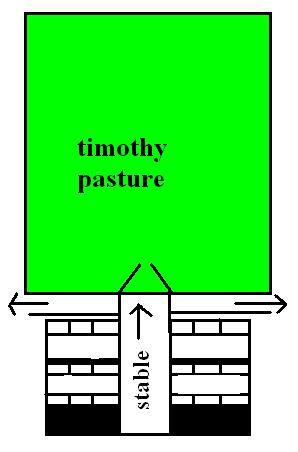 stables inside my pasture
Question
stables inside my past
hello maam, can i set l
stables inside my pasture
Question
stables inside my past
hello maam, can i set l
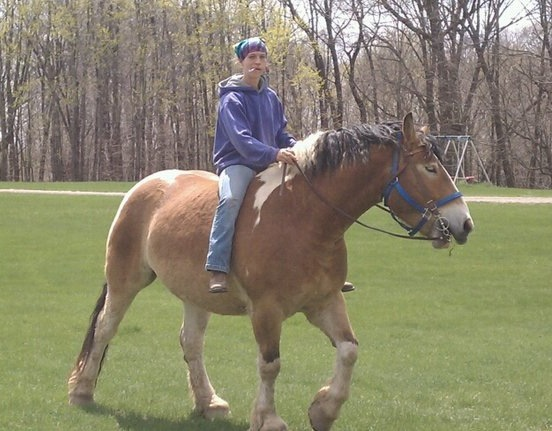 My new draft horse.....
Question
Bubbs Gentle Giant
I have just pu
My new draft horse.....
Question
Bubbs Gentle Giant
I have just pu
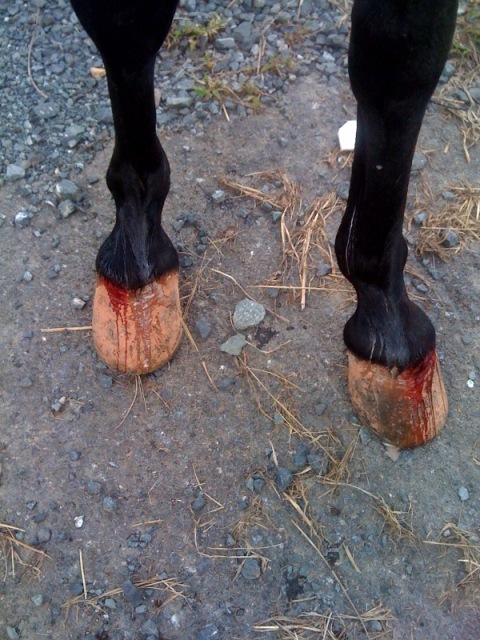 bleeding hooves
Question
bleeding
hi corlena! I have attached a photo s
bleeding hooves
Question
bleeding
hi corlena! I have attached a photo s